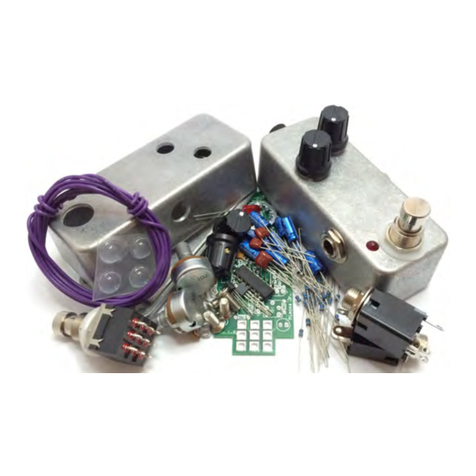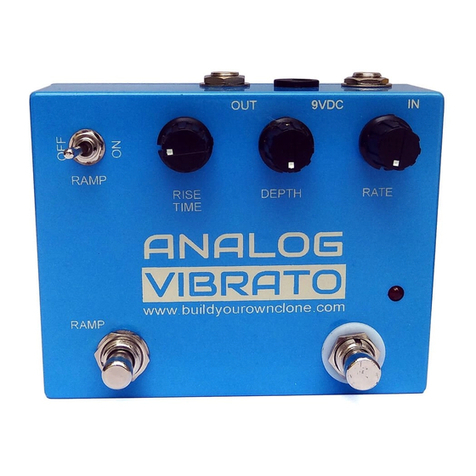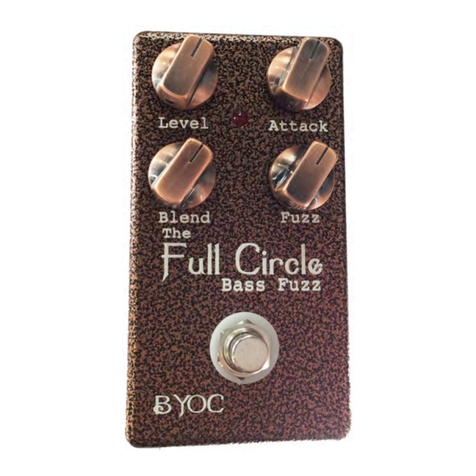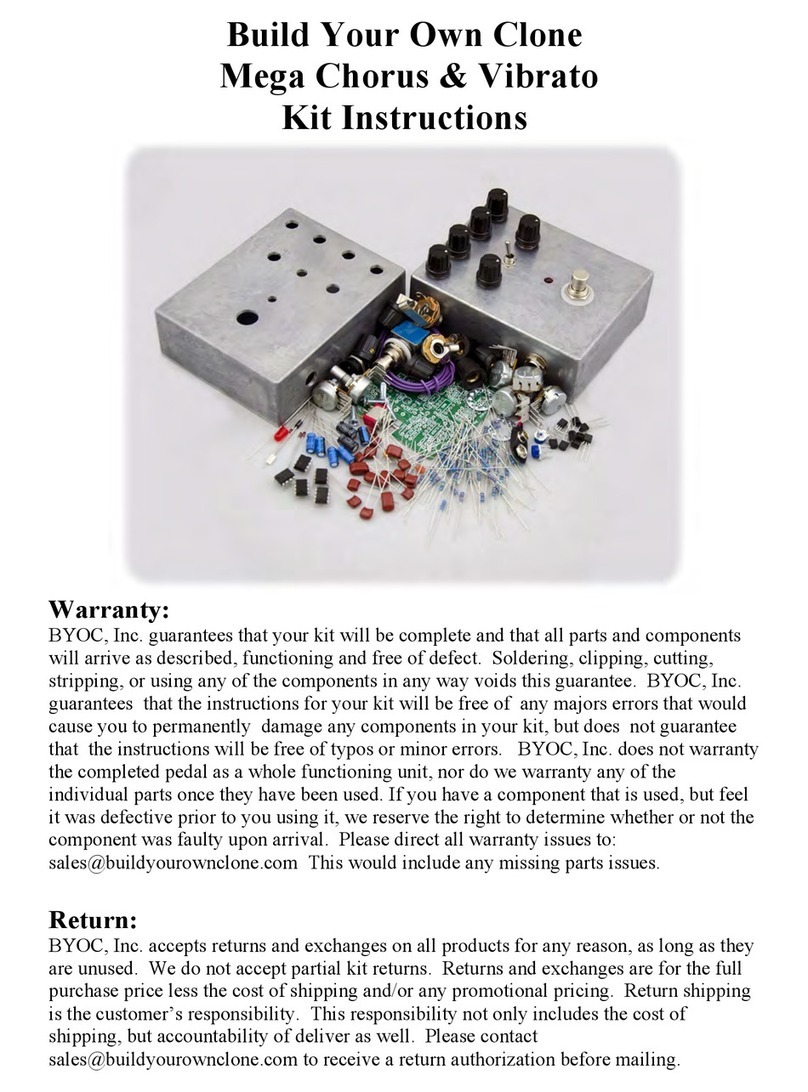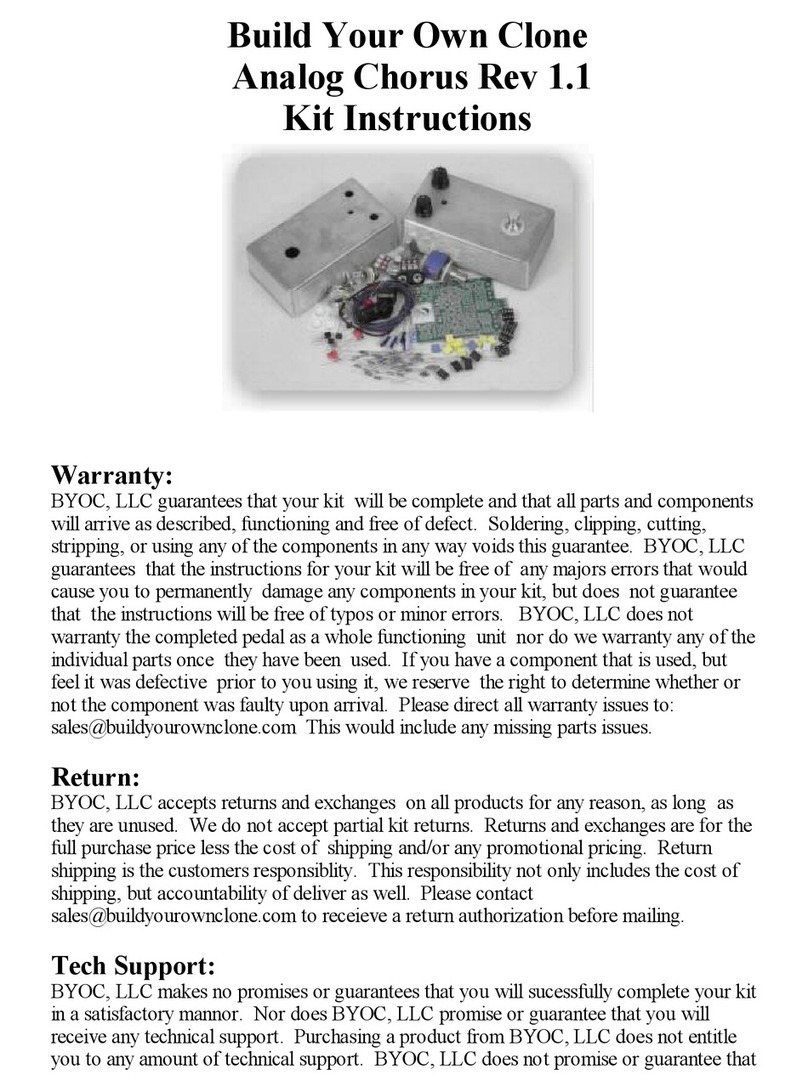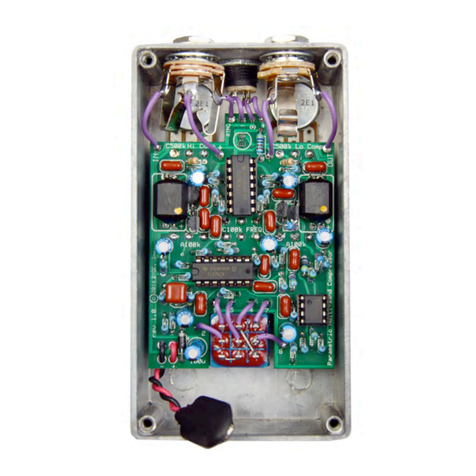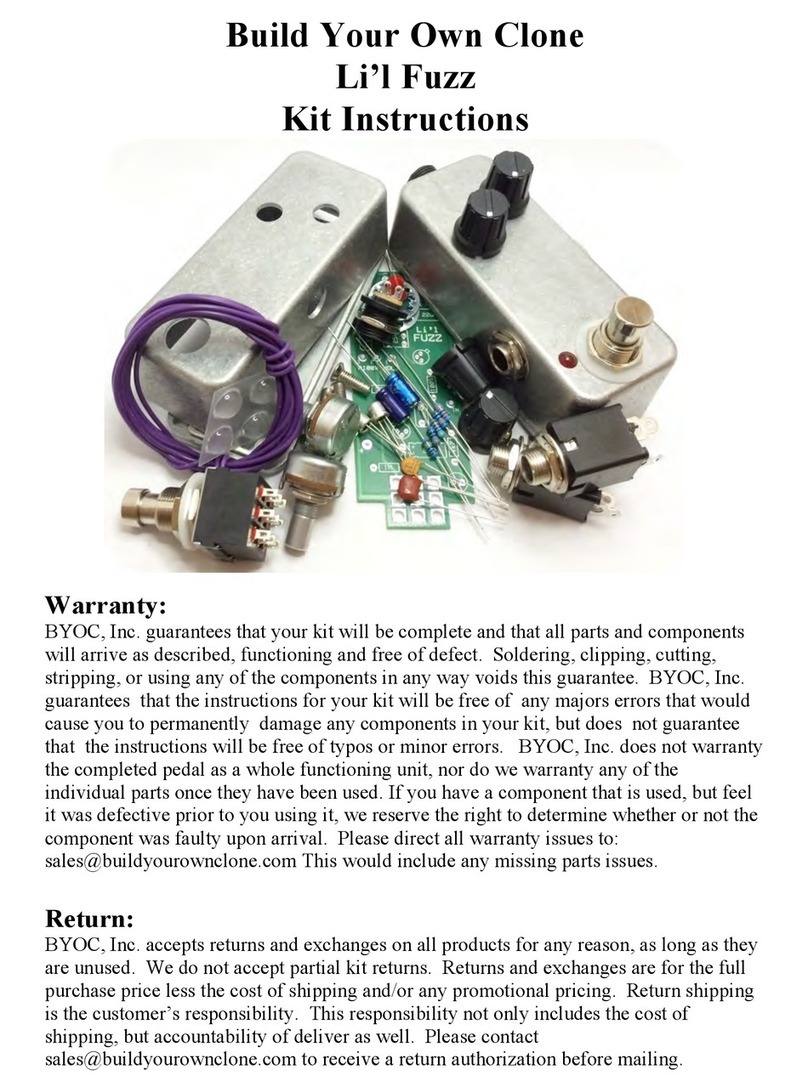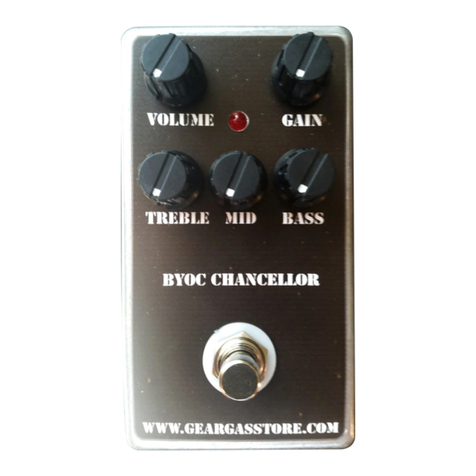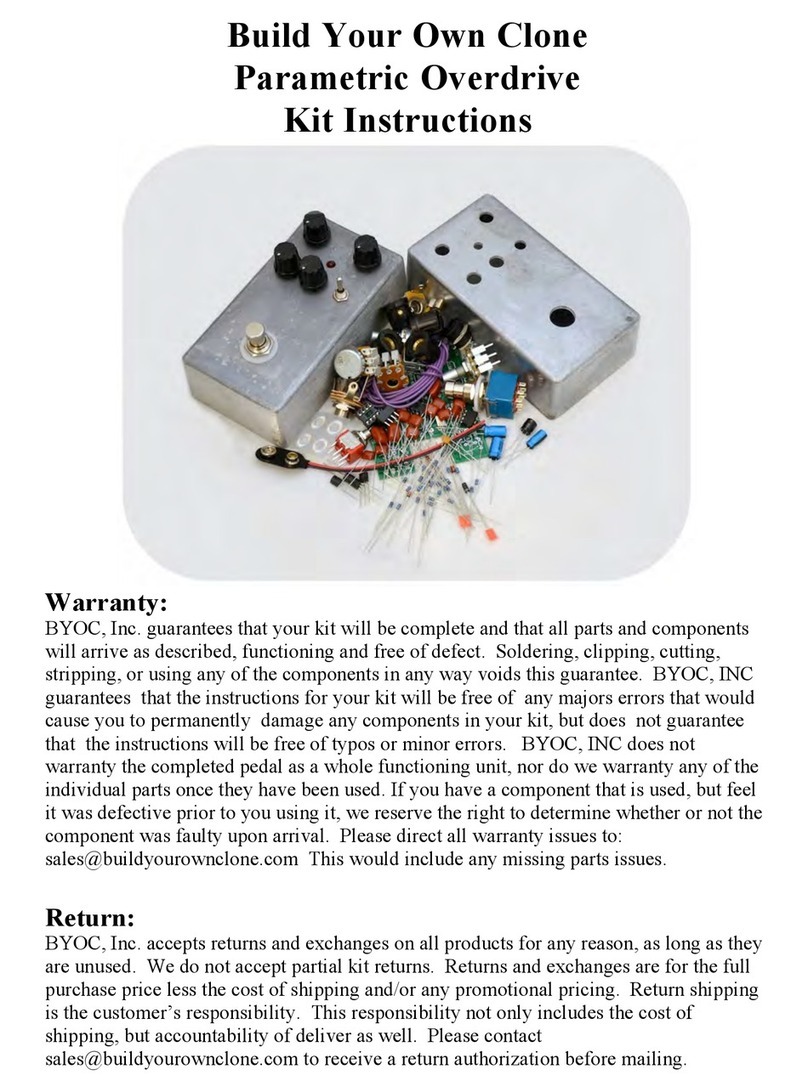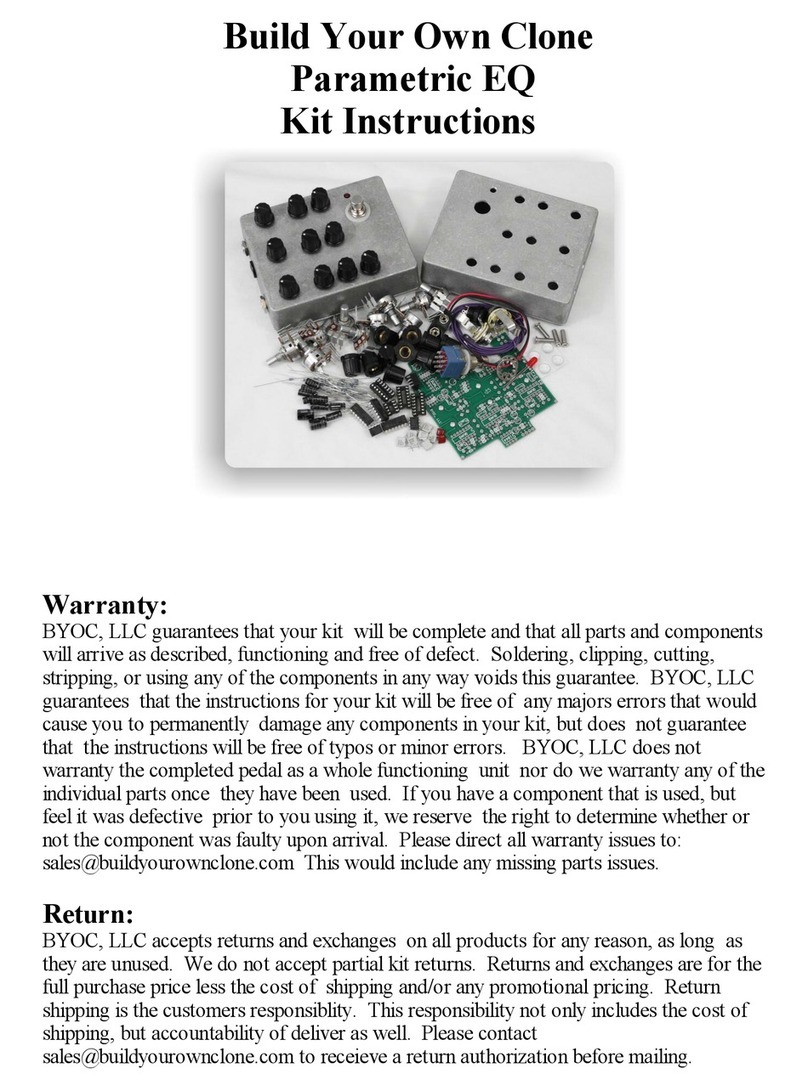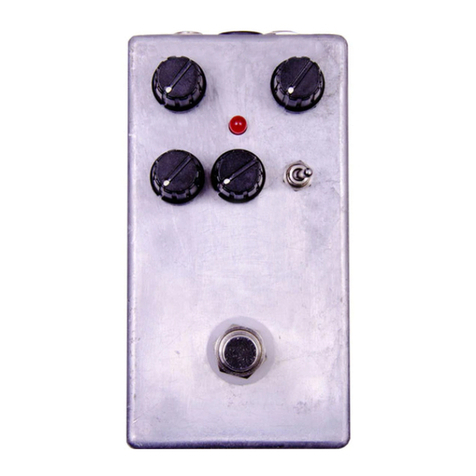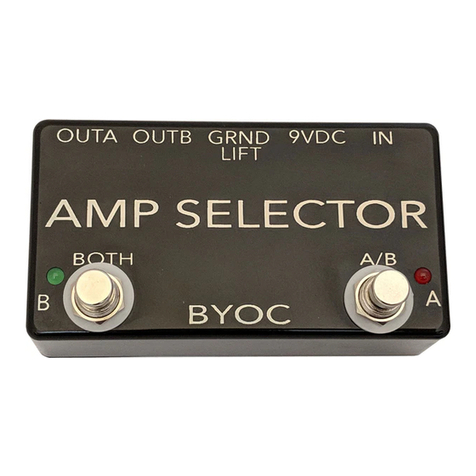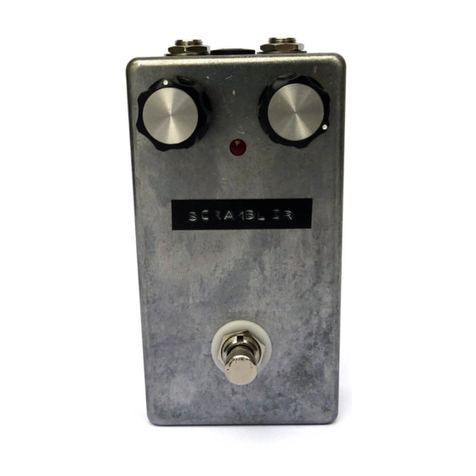Parts Checklist for Silver Pony 2 Kit
Metal Film (5-band) Carbon Comp (4-band)
Resistors:
2 - 560R (Green/Blue/Black/Black/Brown) or (Green/Blue/Brown/Gold)
2 - 1k (Brown/Black/Black/Brown/Brown) or (Brown/Black/Red/Gold)
2 - 1k5 (Brown/Green/Black/Brown/Brown) or (Brown/Green/Red/Gold)
1 - 1k8 (Brown/Gray/Black/Brown/Brown) or (Brown/Gray/Red/Gold)
1 - 2k (Red/Black/Black/Brown/Brown) or (Red/Black/Red/Gold)
3 - 4k7 (Yellow/Purple/Black/Brown/Brown) or (Yellow/Purple/Red/Gold)
1 - 5k1 (Green/Brown/Black/Brown/Brown) or (Green/Brown/Red/Gold)
2 - 10k (Brown/Black/Black/Red/Brown) or (Brown/Black/Orange/Gold)
1 - 12k (Brown/Red/Black/Red/Brown) or (Red/Red/Orange/Gold)
2 - 15k (Brown/Green/Black/Red/Brown) or (Brown/Green/Orange/Gold)
1 - 22k (Red/Red/Black/Red/Brown) or (Red/Red/Orange/Gold)
3 - 27k (Red/Purple/Black/Red/Brown) or (Red/Purple/Orange/Gold)
2 - 47k (Yellow/Purple/Black/Red/Brown) or (Yellow/Purple/Orange/Gold)
4 - 100k (Brown/Black/Black/Orange/Brown) or (Brown/Black/Yellow/Gold)
2 - 392k (Orange/White/Red/Orange/Brown)
1 - 422k (Yellow/Red/Red/Orange/Brown)
1 - 1M (Brown/Black/Black/Yellow/Brown) or (Brown/Black/Green/Gold)
Visit www.byocelectronics.com/resistorcodes.pdf for more information on how to
differentiate resistors.
Capacitors:
1 - 47pf Ceramic Disc (may say “47” on the body)
1 - 390pf Ceramic Disc (may say “391” on the body)
1 - 820pf Ceramic Disc (may say “821” on the body)
1 - .0022uF/2n2 film cap (may say “222” on the body)
1 - .0039uF/3n9 film cap (may say “392” on the body)
1 - .027uF/27n film cap (may say “273” on the body)
2 - .068uF/68n film cap (may say “683” on the body)
1 - .082uF/82n film cap (may say “823” on the body)
3 - .1uF/100n film cap (may say “104” on the body)
1 - .39uF/390n film cap (may say “394” on the body)
2 - 1uF Film cap (may say “105” on the body)
5 - 1uf Aluminum Electrolytic
2 - 4u7 Aluminum Electrolytic
2 - 47uf Aluminum Electrolytic
Visit www.byocelectronics.com/capcodes.pdf for more info on how to differentiate
capacitors.
Diodes:
2 - 1N4148 silicon diodes (orange with black stripe)
3 - 1N4001 diodes (black body with silver stripe)

